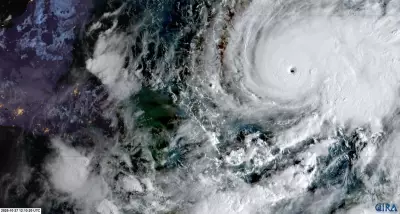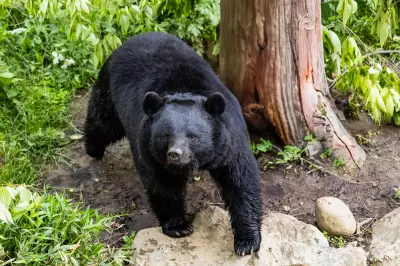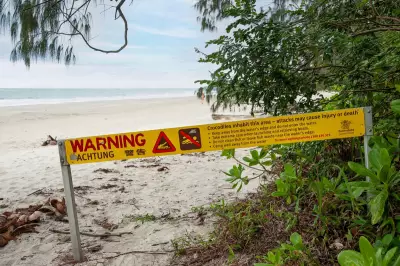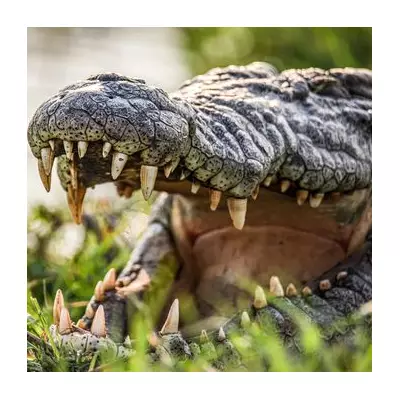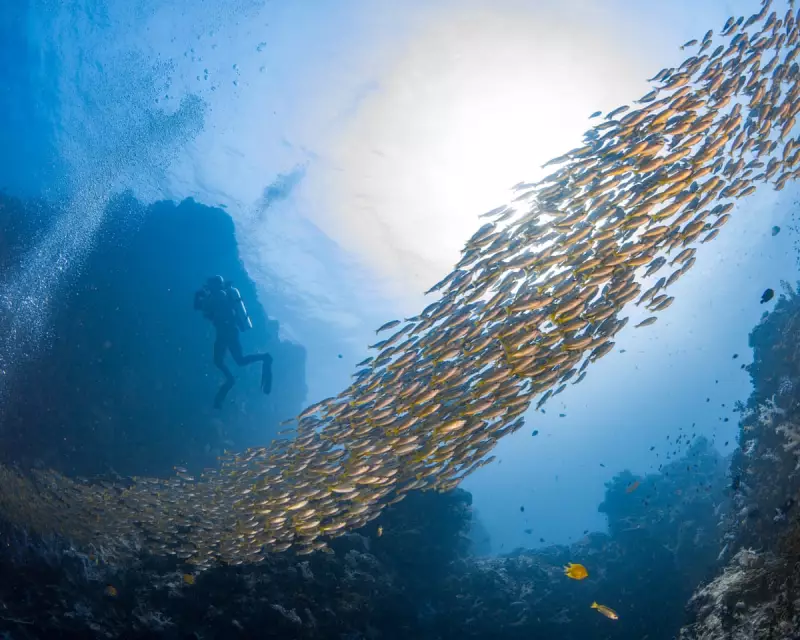
Beneath the waves around Britain's coastline, an unexpected conservation success story is unfolding. Centuries-old shipwrecks, once symbols of maritime tragedy, are being hailed as unlikely heroes in the fight to restore the nation's depleted fishing grounds.
Accidental Sanctuaries
Marine researchers have made a remarkable discovery: the skeletal remains of sunken vessels are serving as powerful natural incubators for marine life. These accidental artificial reefs are creating thriving ecosystems where fish populations are flourishing against all odds.
Dr Eleanor Vance, lead marine biologist at the Ocean Conservation Trust, explains the phenomenon: "What we're seeing is nature's remarkable ability to repurpose human structures. These wrecks provide complex habitats that offer protection from predators and strong currents, creating ideal breeding conditions for multiple fish species."
The Science Behind the Revival
The transformation begins almost immediately after a vessel sinks. The hard surfaces of the wreck provide attachment points for algae, corals, and barnacles. This initial colonization attracts smaller fish and crustaceans, which in turn draw larger predators, creating a complete food chain.
Research conducted around wrecks off the coasts of Cornwall, Scotland, and Norfolk has revealed:
- Fish densities up to five times higher than surrounding seabeds
- Increased biodiversity with multiple species coexisting
- Faster growth rates among commercially important fish like cod and haddock
- Natural spill-over effects as populations expand beyond wreck sites
From Historical Tragedy to Ecological Triumph
Britain's waters are home to an estimated 50,000 shipwrecks, spanning from Roman trading vessels to World War II warships. Each represents not just a piece of history, but a potential foundation for marine recovery.
Professor Michael Thorne, maritime archaeologist at the University of Southampton, emphasises the dual importance of these sites: "We must protect and we must understand. These wrecks are both cultural treasures and ecological assets. The challenge is balancing preservation with allowing natural processes to continue."
A Blueprint for Sustainable Fishing
Fisheries managers are now looking at how to incorporate this natural phenomenon into conservation strategies. Rather than seeing wrecks as hazards to be avoided, they're recognising their value as natural fish nurseries.
Key initiatives include:
- Establishing protected zones around significant wreck sites
- Developing guidelines for sustainable fishing near artificial reefs
- Creating new artificial reefs using environmentally friendly materials
- Monitoring programs to track long-term ecological changes
The Future of Marine Conservation
This discovery comes at a critical time for UK fisheries. With climate change and overfishing placing unprecedented pressure on marine ecosystems, natural solutions like wreck-based reefs offer hope for recovery.
As Dr Vance concludes: "Nature has given us a blueprint for recovery. By understanding and protecting these accidental sanctuaries, we're not just preserving history – we're investing in the future of our oceans and the communities that depend on them."
The success of these natural recovery zones demonstrates that sometimes, the most effective conservation strategies come not from human intervention, but from supporting processes that nature has already set in motion.

